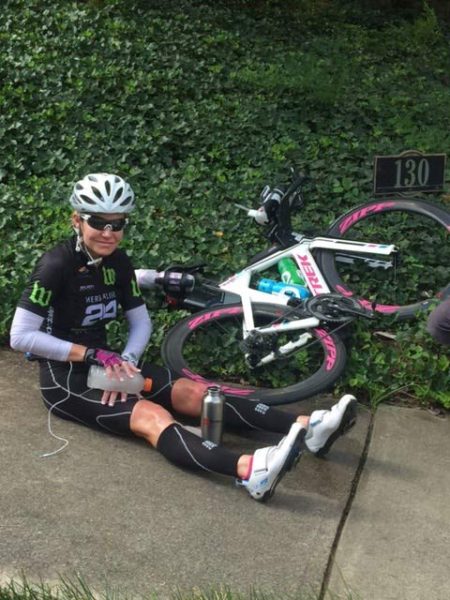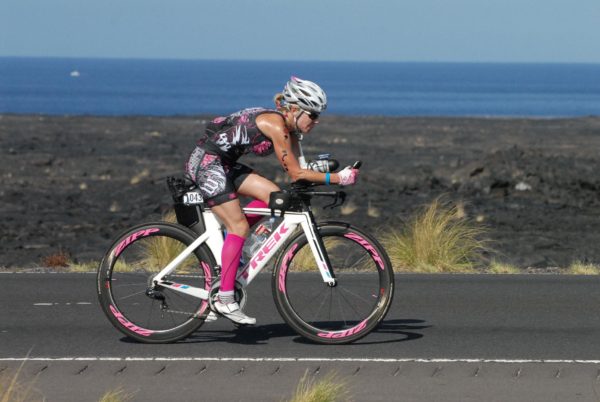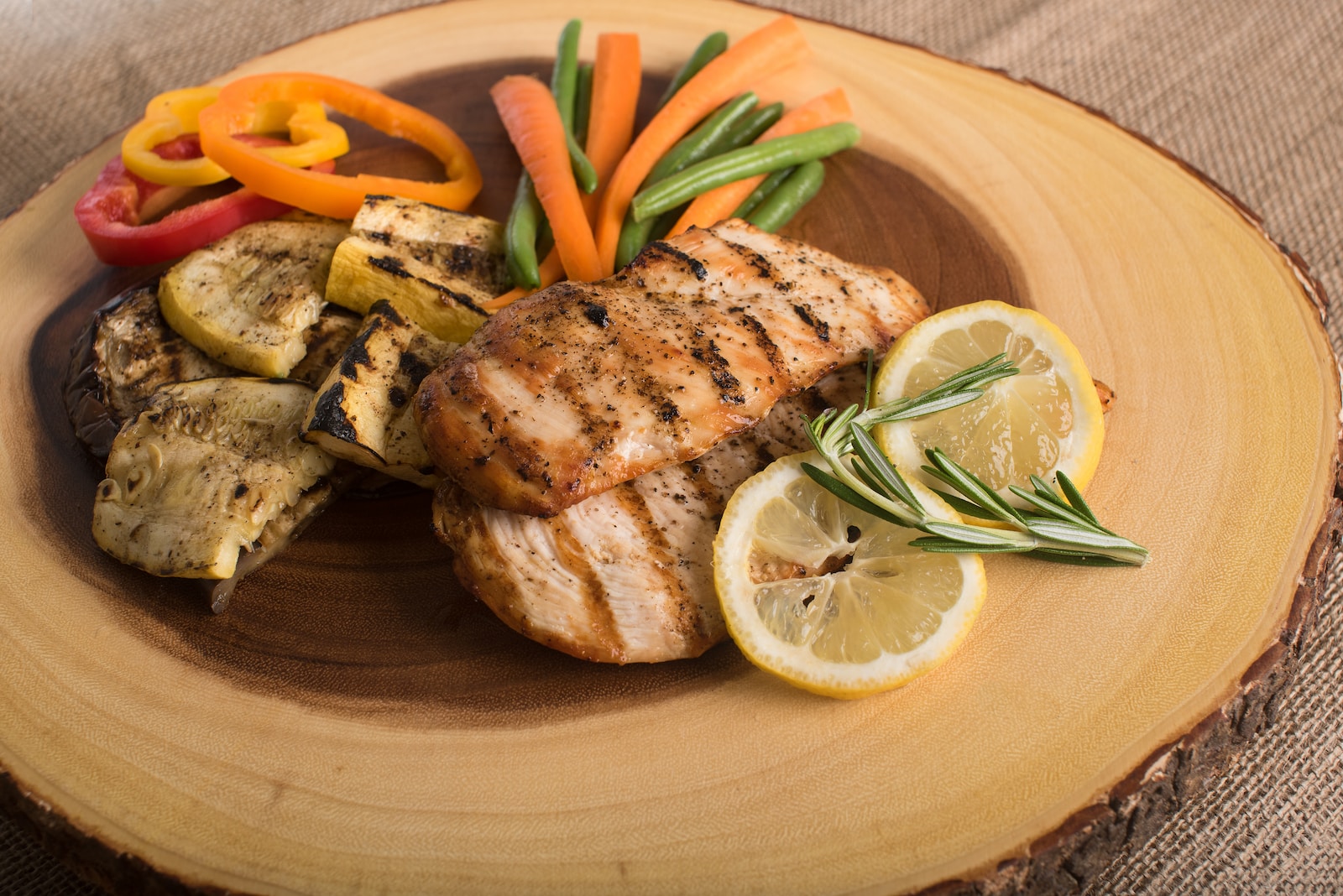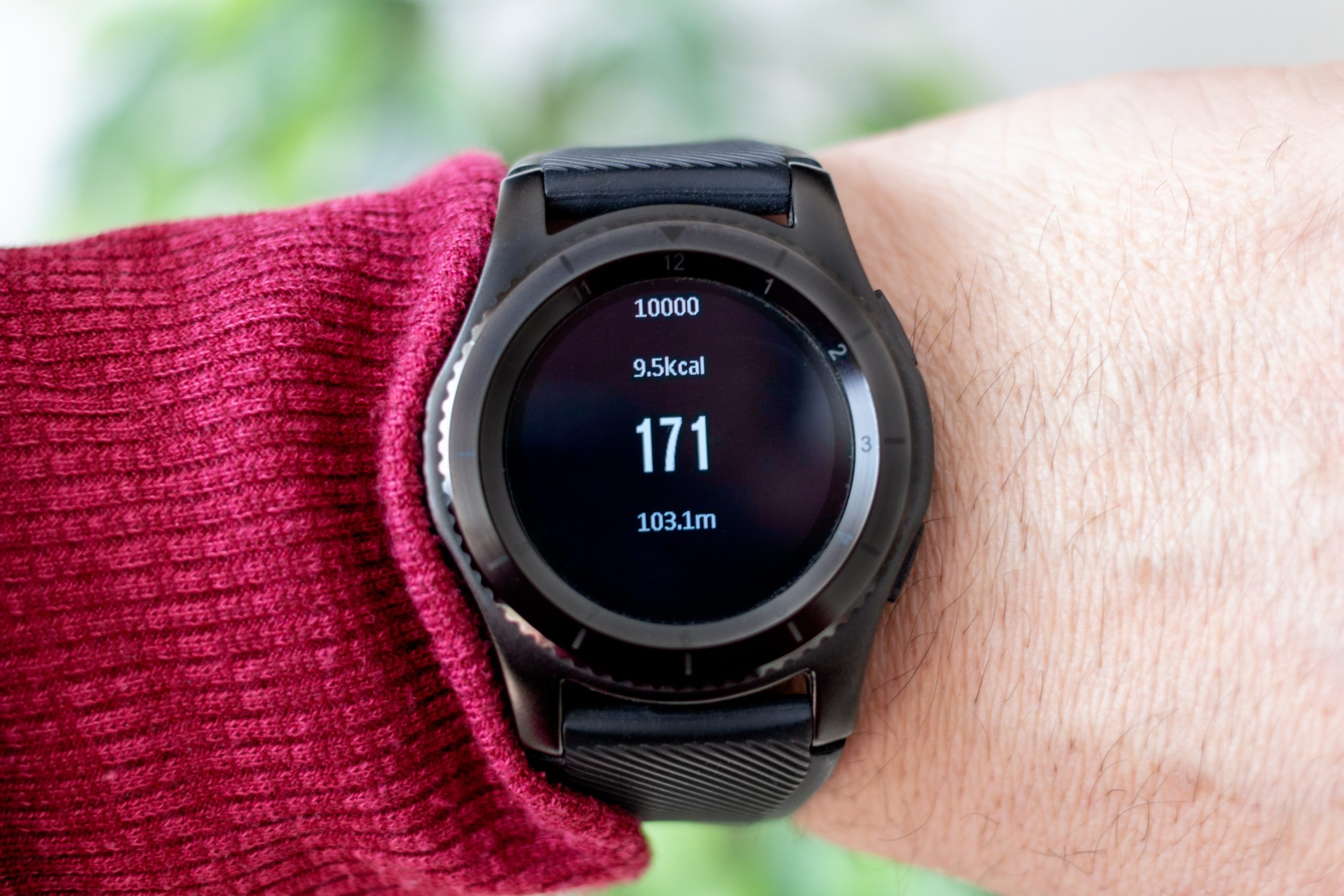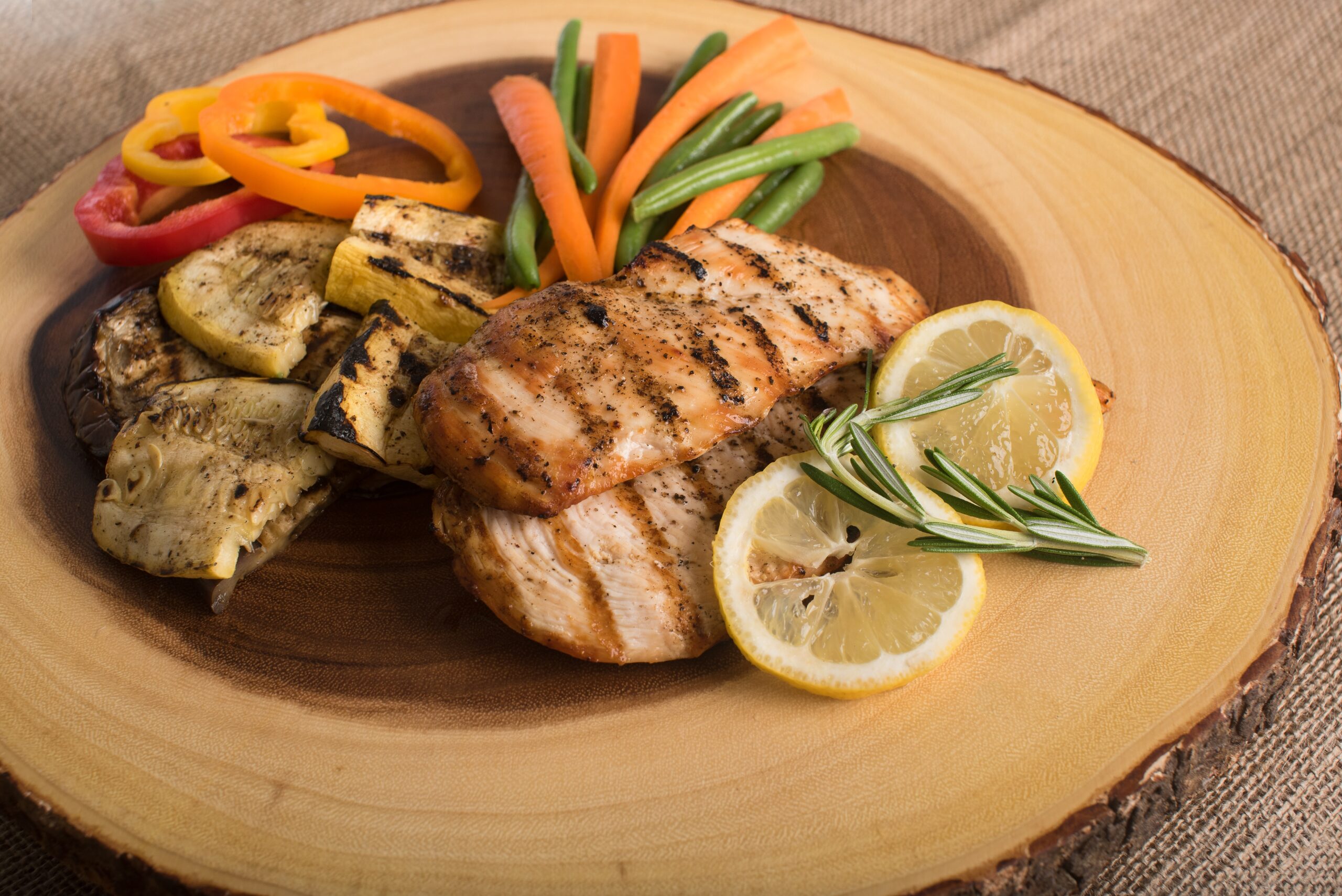Nutrition Question of the Month: What time of year should a triathlete improve body composition and achieve optimal weight?

Nutrition Question of the Month
What time of year should a triathlete to improve body composition and achieve optimal weight?
It is a common belief among endurance triathletes that we perform at a higher level with a lean, mean fighting machine. And, after all, we spend numerous training hours donning skintight attire that leaves little to the imagination. Triathletes come in all shapes and sizes and shouldn’t be judged by their appearance. The art of comparison runs rampant in the triathlon world, and body image is a key player. When taken too far this line of thinking leads us down a slippery slope of risking illness and injury, poor recovery, and decreased performance from improper fueling.
Body Composition:
Body composition (the % body fat and the amount of fat-free mass) and body weight are two different things. When the focus is on a scale weight, it is often accompanied with improper fueling which leads to loss of lean body tissue and bone mass and an increase in body fat. Body composition, on the other hand, may be beneficial to an athlete’s performance. The target body fat range for each athlete is uniquely individual and should never be a one size fits all recommendation. The goal should be to lose body fat while maintaining or increasing fat-free mass. Therefore, overall macronutrient intake and health are not compromised. Changes in body composition are best achieved gradually and in the off-season when fitness gains and race preparation are not the primary focus.
In determining an ideal body composition for you, consider the following:
- What your body composition was when you have felt and performed your best?
- How difficult was it to achieve and maintain?
- Your age.
- Were you healthy or frequently getting sick?
- Were you sleeping well?
Body composition and body weight are a result of a balanced diet, a well-executed fueling protocol, and smart training regimen. Tracking fitness gains, nutritional and lifestyle habits over time is the best way to measure and utilize results.
To optimize performance and overall health, the athlete should prioritize timing of fueling in and around training sessions, balanced lifestyle nutrition, a smart training plan alongside adequate rest and recovery habits.
A few rules to play by this off-season:
- Match carbohydrate (carb) to training. Training 4 hrs/week – take in 2.75gcarb/lb. body weight daily; training 5-6 hours/week – take in 2.75- 3.25g/lb.; training 7-10hr/week – take in 3.25-3.75g/lb.
- Don’t skip breakfast – it’s the most important meal of the day. In a hurry? Grab a Greek Yogurt and banana with peanut butter or for a slower paced meal, two eggs cooked, with a side of oatmeal and seasonal fruit.
- Eat balanced meals/snacks. Don’t count calories, instead, spend your energy eating food from three different food groups at each meal and snack. Example: Grilled chicken breast, steamed broccoli, sweet potato with butter and cinnamon, and a glass of low-fat milk.
- Be mindful of appetite especially in the winter months when appetite should be depressed with reduced training volume. Eat meals at a table, slowly savoring your food not rushed while driving in the car or standing at the kitchen sink.
I invite you to reach out and ask me a nutrition, sports nutrition or training question – and I’ll do my best to answer and post one/month to my blog. Keep in touch and train smart to Race Smart!

